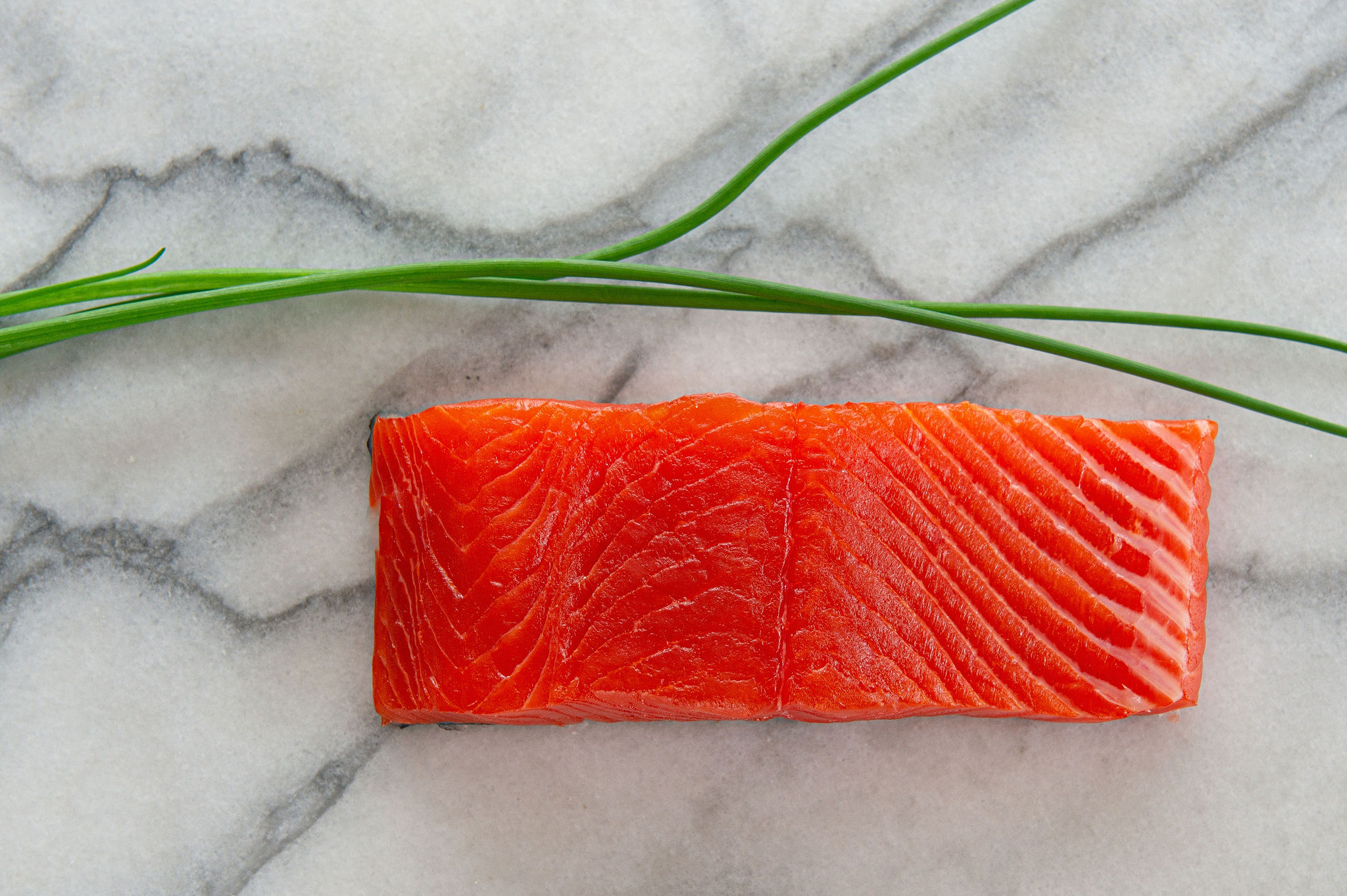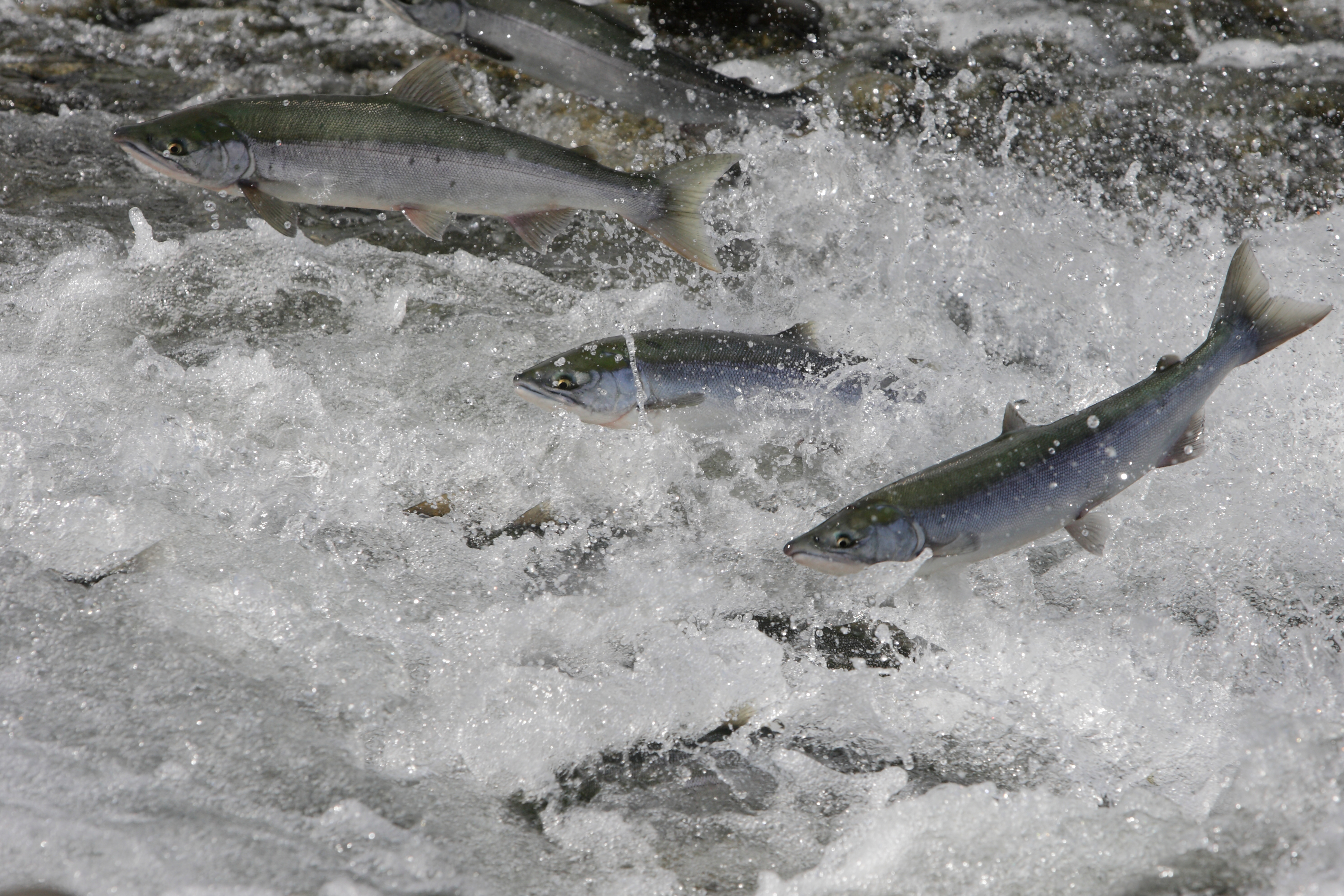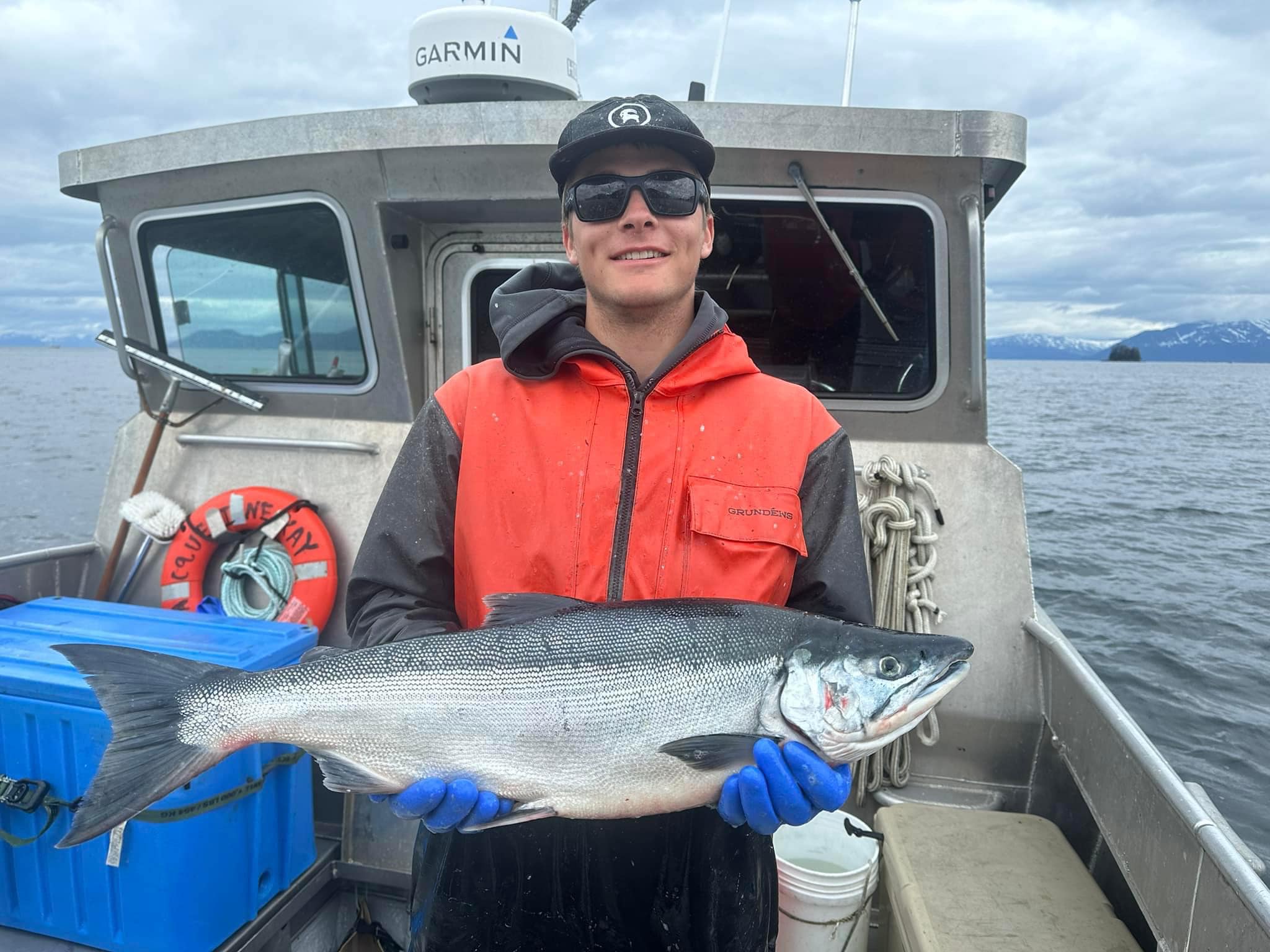By using our website, you agree to the use of cookies as described in our Cookie Policy
A Cultural Connection Between Prince William Sound's First People and Salmon

For thousands of years, salmon has been a sacred and indispensable staple in the diet of Alaska's Indigenous peoples, shaping an entire way of life. Prince William Sound salmon stands as a life-sustaining force, a cultural linchpin, and a symbol of profound significance for the population who have called this region home for generations. This iconic fish is not only a necessary food source, but also a thread weaving through the fabric of traditions, shaping rituals, and providing economic sustenance. Theirs is a story of resilience, reverence, and the harmonious coexistence between ancient communities and the rich natural bounty that the pristine waters that the Prince William Sound generously offer.
Known for its breathtaking natural beauty, diverse ecosystems, and rich cultural heritage, Prince William Sound is home to a variety of Indigenous communities, each with its own unique traditions, languages, and ways of life. The Native cultures in the Prince William Sound region include the Eyak, Chugach, and Alutiiq peoples, among others.
Cultural Diversity
Eyak People: The Eyak are one of the smallest Indigenous groups in Alaska. Historically, they lived in the Copper River Delta and Prince William Sound area. The Eyak language, unfortunately, became extinct in the early 21st century, making their cultural heritage even more precious.
Chugach People: The Chugach people have a strong presence in the Prince William Sound region. They have a rich history of fishing, hunting, and gathering, and their cultural practices are closely tied to the natural environment.
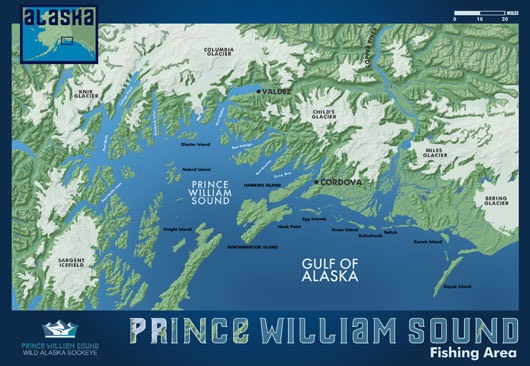
Alutiiq People: While the Alutiiq people are more commonly associated with the Kodiak Archipelago, their influence extends into parts of the Prince William Sound area. They have a deep connection to the ocean and marine resources.
Integral Role of Salmon
Cultural Symbolism: Salmon holds profound cultural significance for the Indigenous communities of Prince William Sound. It is not merely a food source but a symbol of sustenance, abundance, and the interconnectedness of life.
Economic Livelihood: Beyond its cultural significance, salmon is also an essential economic resource for Indigenous communities. It provides income and a means of preserving traditional ways of life.
Sustaining Heritage
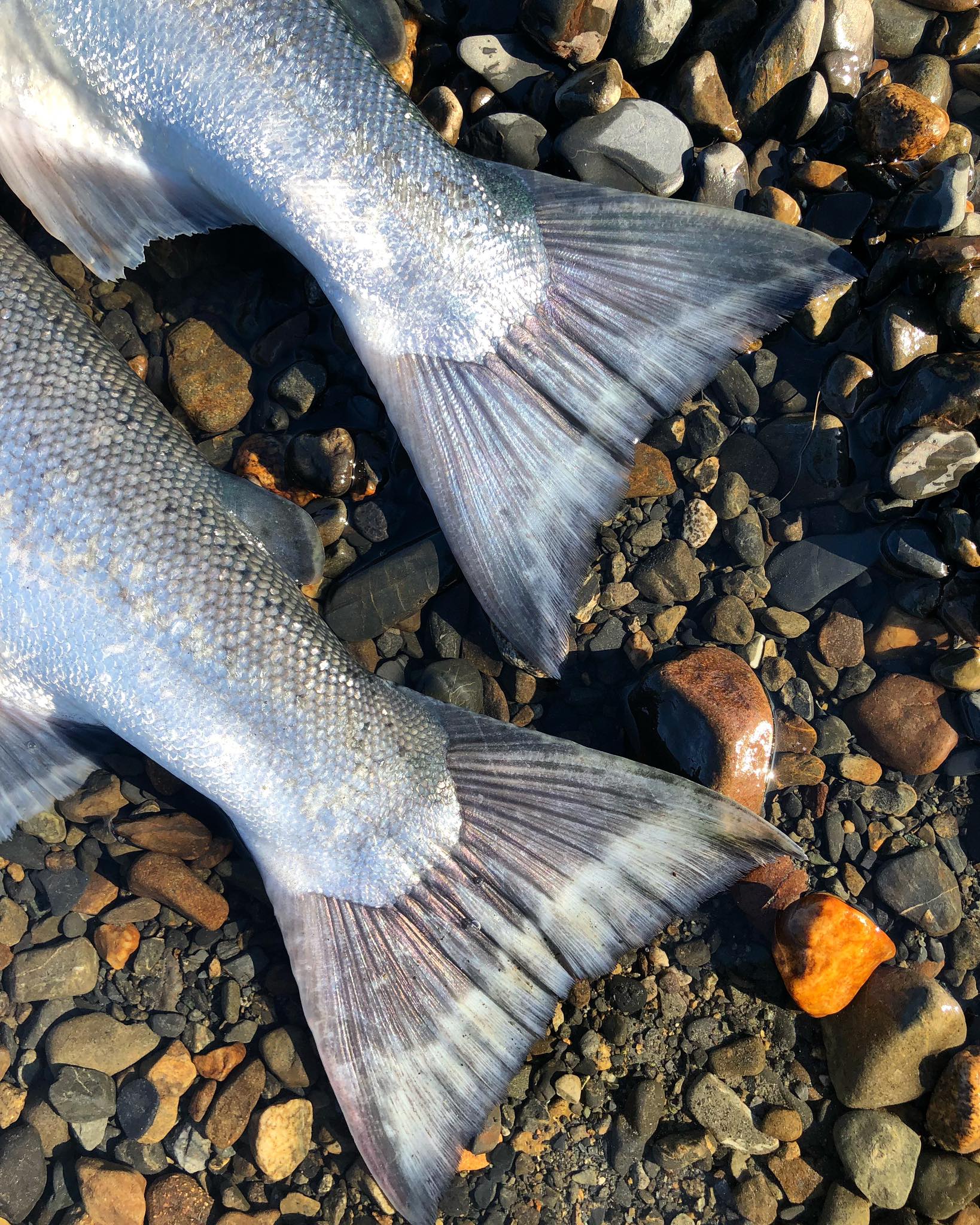
The annual salmon runs, particularly in regions like Prince William Sound, have played a crucial role in providing a consistent and nutrient-rich food source. The nutritional value of salmon, rich in omega-3 fatty acids, protein, and essential nutrients, has contributed to the health and well-being of generations. Salmon has been prepared in various ways, from smoked and dried to fresh and grilled, showcasing the culinary versatility that has been passed down through cultural traditions.
The Prince William Sound region serves as a living testament to the resilience and adaptability of Alaska's Indigenous peoples. Their cultural diversity and deep-rooted connection to salmon contribute to the unique tapestry of traditions that define this pristine and ecologically significant part of Alaska. As efforts to preserve and celebrate Indigenous cultures continue, so does the importance of sustaining the health of the salmon populations and the ecosystems they inhabit.
Beyond its nutritional significance, the reliance on salmon reflects a profound connection to the natural environment and a sustainable approach to resource utilization. This enduring relationship between Alaska's Indigenous peoples and salmon not only underscores the adaptability and resourcefulness of these communities but also highlights the deep respect and gratitude held for the salmon as a provider of sustenance, an emblem of cultural identity, and a timeless symbol of the interconnectedness between nature and human life.
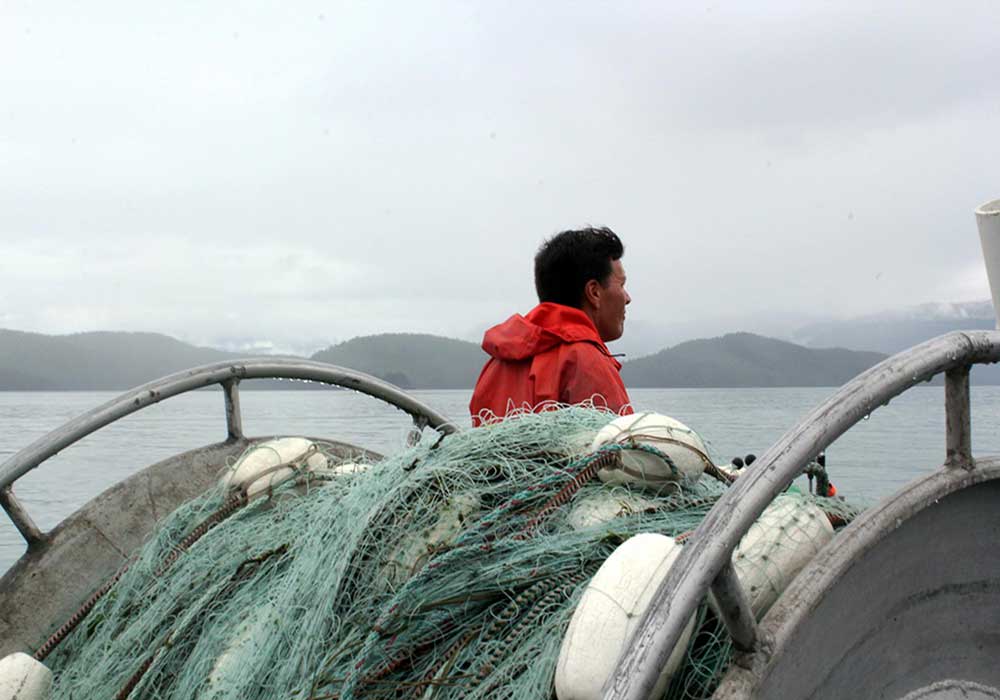 Fishing Methods and Rituals
Fishing Methods and Rituals
The exploration of traditional fishing methods unveils a profound layer of cultural practices deeply intertwined with the life cycle of salmon. Communities such as the Chugach and Eyak peoples have cultivated a rich legacy of sustainable fishing techniques. From the artistry of fish wheels and weirs to the precision of dip netting and spearfishing, these methods reflect not only an intimate understanding of the salmon's migratory patterns but also a commitment to responsible harvesting. Beyond the technical aspects, rituals surrounding salmon in Prince William Sound are a vibrant expression of cultural identity. The "First Salmon Ceremony," a spiritual observance celebrated with gratitude for the initial catch of the season, exemplifies the reverence bestowed upon PWS salmon. These rituals serve as poignant reminders of the deep cultural significance of salmon, acting as more than a vital resource; they symbolize an enduring connection between Indigenous people and the bountiful waters they call home.
Tying It All Together
Photo credit: National Park Service
Salmon is not merely a cultural and nutritional cornerstone; it stands as a vital economic resource that sustains and empowers Indigenous communities. The annual salmon runs contribute significantly to their economic livelihood, providing a source of income and sustenance. The commercial harvest of salmon supports local economies through the sale of fish to markets, processors, and distributors. Additionally, the fishing industry creates job opportunities, from the fishermen actively engaged in harvesting to those involved in processing and transportation. For many Indigenous individuals and families, salmon fishing represents not only a means of economic stability but also a continuation of traditional practices that have been passed down through generations. The economic significance of salmon in the Prince William Sound region underscores its role as a dynamic and essential resource, fostering both cultural heritage and sustainable economic development within these communities.
‹ Back


